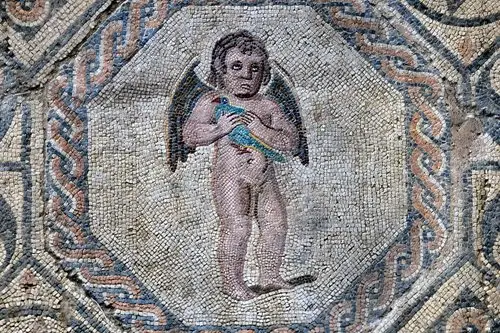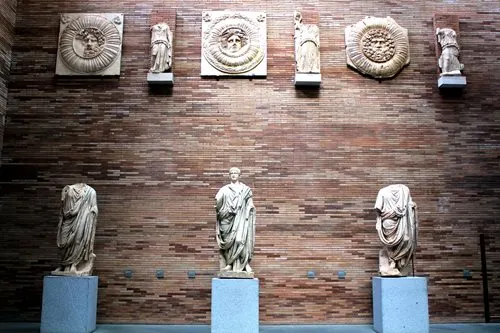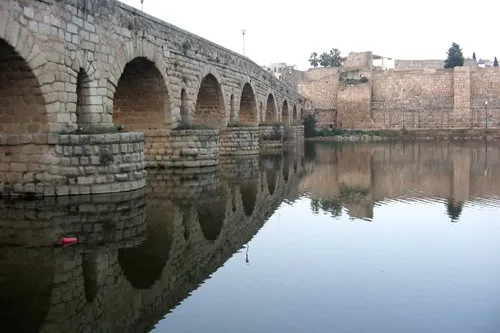
Cookie settings
We use our own and third-party cookies in order to offer our services, display videos, obtain statistics and offer personalized advertising.
For more information, please read our cookies policy.

The amphitheatre is located close to the Theatre and both are joined by a short passage. This building has been built in the centre of a knoll, in the slopes of the hill San Albín. It has an elliptical form, with the arena in Latin cross plan and it could hold up to 14, 000 people.
The structure of the building is built with cement, masonry and granite. It has 16 gates, two stalls and two boxes located in the axis of the ellipse. It is completely uncovered and delimited by the ellipse of the arena, the cavea (divided into ima, media and summa cavea), the entrances, the staircases and the rest of the supplementary areas, without forgetting the cross- shape pit located in the centre and where the wild animals went out. The gladiators´ fights took place here.
I was reformed in times of the Flavian Dynasty or perhaps in Trajan times.
Built: 8 B.C.
Author: Anónimo
Style: Roman Classic
Category: Civil
Type: Amphitheatre
Address and telephone
Opening times
Prices
If you see any mistakes or want to add anything to this information, please contact us.




Book your hotel